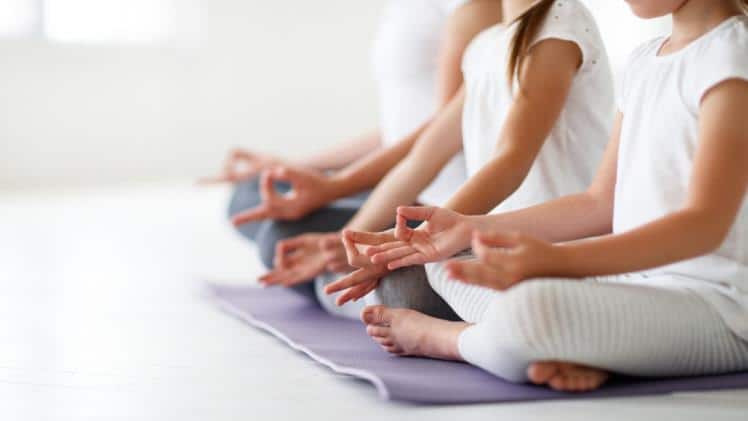The Benefits of Family Meditation and Mindfulness Practices

The reality for most families these days is that they are running around like headless chickens. School pick-ups, work meetings, football practice, homework battles. Sound familiar? But what if there was a simple way to bring more calm into your household without adding another item to your already overflowing to-do list?
Why Family Meditation Actually Works
Children are natural meditators, believe it or not. They live in the moment until we teach them otherwise. When you sit quietly together as a family, everyone’s stress levels drop.
Children who practice mindfulness with their families tend to handle big emotions better. Instead of having complete meltdowns over spilled juice (we’ve all been there), they learn to pause and breathe. This skill becomes invaluable as they grow older and face more complex challenges.
For families caring for foster children, these quiet moments can be particularly healing. Trauma affects how young people process emotions, so having safe spaces to practice calm becomes crucial for their development. You can use some of your foster care payments to create a wind down corner, or even a room if you have one spare.
When you have a space carved out, the simple techniques work best:
- Counting breaths together (in for 3, out for 3)
- Noticing sounds around the house without talking
- Doing gentle stretches whilst focusing on body movements
- Sharing one thing each person feels grateful for
The beauty of family meditation lies in its simplicity. You don’t need special cushions or apps (though some families love them). A few minutes on the sofa works perfectly.
Making It Happen in Busy Households
Timing matters enormously. Right after school pickup when everyone’s tired and cranky? Probably not ideal. Many families find success with bedtime routines, since children are already winding down.
Walking meditation suits restless children brilliantly. Instead of forcing them to sit still, take everyone outside for a “noticing walk.” What sounds can you hear? How does the air feel on your skin? Which colours stand out? This approach gets energy out whilst building mindfulness skills.
Mealtimes offer another natural opportunity. Put away phones (yes, parents too) and actually taste your food. Notice textures, temperatures, flavours. Even picky eaters often engage with this approach because it removes pressure whilst increasing awareness.
Real Changes You Might Notice
Sleep improves. That’s usually the first thing families mention. When bedtime includes calm breathing or gentle body scans, children settle more easily. Parents often sleep better too, since household stress levels decrease overall.
School reports frequently mention improvements in concentration and emotional regulation. Teachers notice when children can self-soothe during frustrating moments rather than exploding. This happens because mindfulness teaches kids to observe their feelings without being overwhelmed by them.
Family arguments don’t disappear completely (let’s be realistic), but they often become less intense. When everyone has practiced pausing and breathing together, those skills naturally transfer to conflict situations. Arguments resolve faster because people listen better and react less dramatically.
Communication deepens significantly. Quiet time together creates space for conversations that might not happen otherwise. Children often share worries or exciting news after meditation sessions, since the peaceful atmosphere encourages openness.
Keeping Things Realistic
Some days will flop completely. Accept this from the start. Your toddler might have a tantrum, your teenager might refuse to participate, or you might forget entirely because life got crazy. That’s perfectly normal.
Start with small steps. Even 30 seconds of shared breathing counts as success. Build gradually as everyone gets comfortable with the routine. Consistency beats perfection every single time.
Different personalities need different approaches. Some children love guided imagery (imagining peaceful beaches or magical forests). Others prefer movement-based practices like yoga stretches or dance meditation. Experiment until you find what clicks for your family.
Remember that resistance often masks curiosity. The child who complains loudest about meditation might secretly enjoy the peaceful moments but feels embarrassed admitting it. Keep inviting without pressuring, and watch what happens over time.
Family meditation doesn’t require expertise or expensive equipment, just a willingness to slow down together occasionally. These shared moments of calm can transform household dynamics whilst teaching valuable life skills that children carry into adulthood. Start where you are, use what you have, and do what you can. Your family’s unique practice will evolve naturally as everyone discovers the benefits of breathing, noticing, and simply being together.




